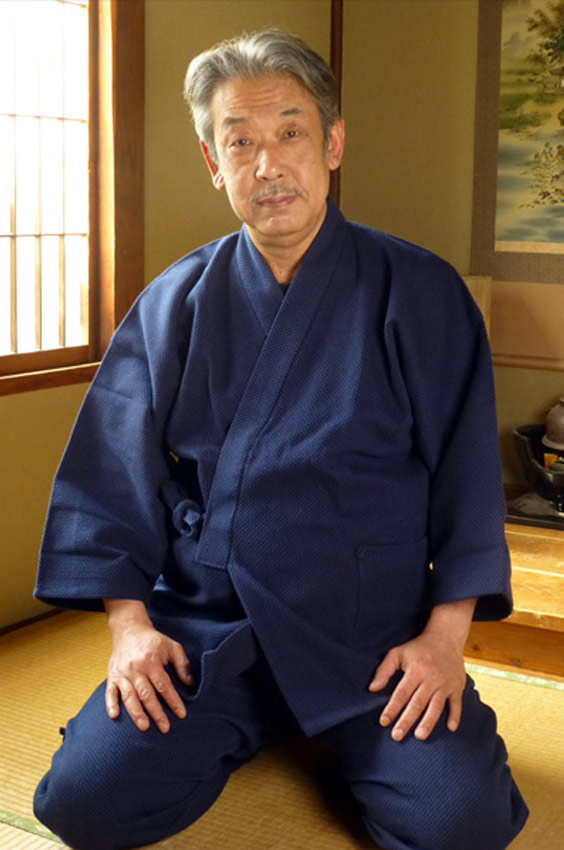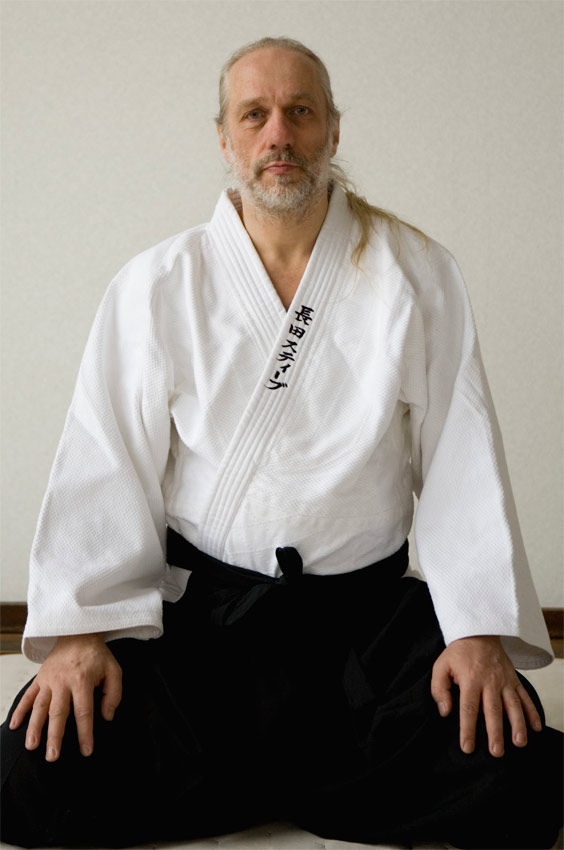What is Shibari
Shibari, frequently also referred to as Kinbaku, is the Japanese inspired art of bondage, which has made its way to the West in recent decades.
Intimate encounters between two people
Shibari is performed between to people – one being the active part (aka “rigger”), the other being the passive one (called “model”). The main differences to western bondage styles are the importance of aesthetics, the way of interaction between the participants and oftentimes also the types of tools used.
The Japanese verb „shibaru“ can be translated as „tying“ or „binding“. In the context of Shibari it traditionally refers to the Japanese method of tying up people. The modern term “Kinbaku” is oftentimes used as a synonym, but can also refer to a more intense way of tying, whereas the term “Shibari” can be thought of as a general term for all kinds of tying arts. These include artistic and purely aesthetic approaches, as well erotic and intimate approaches and any combination thereof.
Shibari as a traditional means of capture and imprisonment
Over time several styles of Shibari have evolved in Japan. Certainly the historical foundation is the use of rope to capture and immobilize enemies as taught in the 18 warrior arts of the samurai as well as the ever present availability und use of Jute rope in everyday life. The main differences between the different styles of Shibari stem mostly from their initial intention – whether they focused on tying for shows or erotic photography, suspensions or floor ties, etc.
Itoh Seiyu, Osada Eikichi, Nureki Chimuo, Yukimura Haruki, Akechi Denki, Tsujimura Takeshi are considered the artists who most influenced Shibari from a contemporary perspective.
Some of the artists of the next generation of “Bakushi” (professional Shibari artists) include Arisue Go, Randa Mai, Osada Steve, Miura Takumi, Nagaike Takeshi, Naka Akira and Kinoko Hajime and others.
Yukimura Haruki and Osada Steve – Shibari with a focus on the model’s well-being
A Bakushi to be mentioned prominently is the late grandmaster Yukimura Haruki Sensei, who passed away in 2016. His style differs significantly from those of the other masters by focusing more on the emotional needs of the model and employing mainly floor ties (Newaza). His style uses other methods to create a deep connection, rather than challenging poses and painful treatments.
This school of tying (Yukimura Ryu) can be studied by students worldwide from about a dozen licensed instructors.
Osada Steve is unique among the artists mentioned above, since he is the only Western practitioner to reach the level of fame of the Japanese Shibari artists.
He was awarded his artist name by grandmaster Osada Eikichi whose show he continued in his name. He can be further credited for introducing the Western world to the complex Shibari of Japan. But perhaps his most important achievement was the creation of a structured learning system that incorporates the technical and philosophical aspect of Shibari, known as “Osada Ryu”. This system is the foundation of most of today’s active Shibari practitioners in the West.
Osada Steve, even though at the time already considered as a master in Shibari, studied the unique style of Yukimura Sensei as his student and therefore included many aspects of Yukimura Ryu in his own Osada Ryu.
Osada Ryu and Yukimura Ryu are the foundation of tying at Fourelements
During various stays in Japan, I (Michael Ropeknight) have spent a lot of memorable time together with Osada Steve und Yukimura Haruki. I listened, learned and experienced them and their teachings directly while living with them.
In 2015 Yukimura Sensei awarded me the instructor license in Yukimura Ryu. Then in 2017, when Osada Steve also made me a licensed instructor, I received the official permission to teach yet another traditional tying style.
Just like Yukimura Ryu, Osada Ryu focuses on the interaction with the tying partner. However, it also includes additional technical and philosophical pillars. The honors I have been awarded allow me to combine these two styles in a unique way.
At Fourelemens, lovers of Japanese bondage art can experience or even learn traditional Shibari with us.






